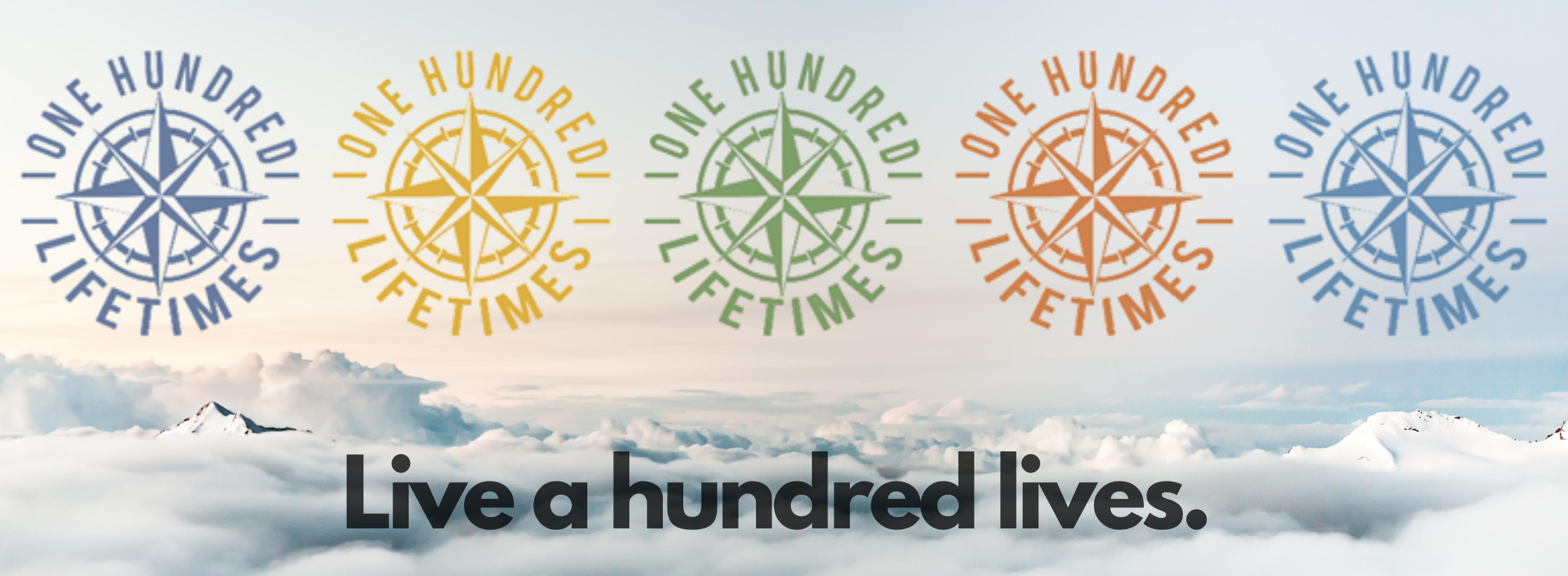In the early years of the new millennium, veteran travel writer Colin Thurbon set out from Xian on a sweeping 7000-mile journey to retrace an ancient trading route connecting east and west. Perhaps spurred by China’s ascendancy, the silk road is very much vogue these days, but Thurbon left before the bandwagon. His fascination with the region steeps his prose and wistful historical interludes speak to a lifetime of lively study.

The silk road wasn’t one road and nor was it all about silk. It was a network of trading routes connecting China, India, central Asia, Persia, Arabia, north Africa and Europe. Archaeological evidence points to its inauguration in the second century BC and it survived with ebbs and flows until the collapse of the Safavid Empire nearly two thousand years later. Along the route went glass and vases, leopards and livestock, watermelons and honey, gemstones and spices, and of course the fabled silk. Far from splendid isolation until the travels of Marco Polo, the peoples of Eurasia had been enjoying a fruitful cultural exchange since the time of the Romans.

Thurbon is a master of seamlessly weaving tales from the history of the road into his personal encounters. He frequently reminds us that the route was as much about the transmission of ideas as it was the transportation of goods. And, for a long stretch of that time, the West was very much the junior partner in the relationship. It was the Chinese who first developed paper, while Europeans were still scratching around on wooden tablets or, in special cases, papyrus. It was the Chinese too who invented gunpowder and employed it for spectacular courtly firework displays centuries before its deadly recipe travelled westward. Later, Persia led the way in mathematics and astronomy, not to mention in preserving texts from the Classical World, which would go on to seed the flowering of the Renaissance.

The book includes beguiling hand-drawn maps for each section of the route, painting a detailed portrait of a part of the world present only in a vague and caricatured way in the western imagination. National boundaries are clearly delineated, but this cartographic certainty comes under fire as Thurbon exposes an intricate tapestry of cultures and races that cannot be shoehorned into the reductive expedience of official borders. The Uighurs of north-west China, with their Turkic origins and Islamic beliefs, stubbornly resist pressure for conformity from distant Beijing. In turn, the Turkic world yields to the Persian, heedless of the modern Afghan border, and the ghosts of recent conflicts mingle with those of ancient dynastic struggles and Mongol slaughter.

If there is a unifying theme in Thurbon’s journey, it is that of flux. Empires rise and fall, religions morph into one another, and even the landscape itself is mutable through changes in climate. Travelling on the fringes of the Taklamakan Desert, a tract of lifeless dunes less hospitable than the Sahara, he finds tantalising clues to towns and temples that whisper of an Arcadia now swallowed up by the sand. Back in China, in the unprepossessing shop of a tomb-raiding antique dealer, he is presented with an androgynous figurine, caught at the moment of metamorphosis from male bodhisattva to Chinese mercy goddess. Through all these encounters, there is never a sense of preaching, only the desire to convey the experience of sudden connection with a rich and nuanced history.

There are personal stories here too. Though this is Thurbon’s journey, he favours the role of observer over protagonist. He navigates various sticky situations (a SARS quarantine facility and Iranian root canal treatment spring to mind), but does not sensationalise. The lens is deliberately focused on those he encounters along the journey, assisted by his impressive fluency in Russian and Mandarin. Early on, he meets a sort of Chinese Del Boy, feverishly intent on moving to Brazil and making his fortune with cheap imports from his native land. This is but the first in a varied procession of characters that includes a professor veteran of the cultural revolution, a young herder living alone in the remote mountains along the Kyrgyz border, and a group of Iranian schoolgirls learning about feminism via illicit satellite TV. These stories are about living through change, giving us an individual vantage point on shifting political landscapes and the simultaneous fear and fascination evoked by the West.

Arriving at last on the shores of the Mediterranean, the author finds himself adrift amid the faded glory of Antioch. Though only a stone’s throw from his native Europe, the journey has made him a stranger to its comfortable swell of affluence and superiority. There is no neat resolution of loose ends, no drawing together of his odyssey into some bludgeoning moral platitude. Perhaps that would be a betrayal of the lands he has passed through; perhaps he has simply grown too old for fairy tales. In some ways, Thurbon’s account gives a richer picture of the region than I could hope to achieve on a journey of my own because of his deep historical knowledge, command of the lingua franca and talent for drawing out local personalities. Even so, it’s a road that’s seen a lot of footfall down the ages. One more westerner in search of silk couldn’t hurt now, could it…
Want to dive deeper into these tales from the silk road? Pick up the full book below:
Photo credits:
- Barak-Khan Madrasah: Daniel Mennerich <ahref=”http://www.flickr.com/photos/29858421@N04/49360021447″>Taschkent UZ – Barak-khan Medrese 11</a> via <ahref=”http://photopin.com”>photopin</a> <ahref=”https://creativecommons.org/licenses/by-nc-sa/2.0/”>(license)</a>
- Fireworks: Michael Gaylard <ahref=”http://www.flickr.com/photos/16564965@N04/48119589402″>Golden Cloud and Smoke Trails</a> via <ahref=”http://photopin.com”>photopin</a> <ahref=”https://creativecommons.org/licenses/by/2.0/”>(license)</a>
- Garlic seller: 10b travelling / Carsten ten Brink <ahref=”http://www.flickr.com/photos/77334245@N00/40149264512″>Kashgar garlicseller</a> via <ahref=”http://photopin.com”>photopin</a> <ahref=”https://creativecommons.org/licenses/by-nc-nd/2.0/”>(license)</a>
- Taklamakan desert: becauseLIGHT 〄 <ahref=”http://www.flickr.com/photos/41345939@N02/49896785768″>Gulch vs. Lone Photographer</a> via <ahref=”http://photopin.com”>photopin</a> <ahref=”https://creativecommons.org/licenses/by-nc-nd/2.0/”>(license)</a>
- Tian Shan mountains: stephane152 <ahref=”http://www.flickr.com/photos/165572989@N03/49708445662″>Descente du col Seok face au pic Koroleva (5816m)</a> via <a href=”http://photopin.com”>photopin</a> <ahref=”https://creativecommons.org/licenses/by-nc-sa/2.0/”>(license)</a>
- Mediterranean shore: Naval S <ahref=”http://www.flickr.com/photos/22956445@N04/49200336097″>Ship near Antalya</a> via <ahref=”http://photopin.com”>photopin</a> <ahref=”https://creativecommons.org/licenses/by-nc/2.0/”>(license)</a>
